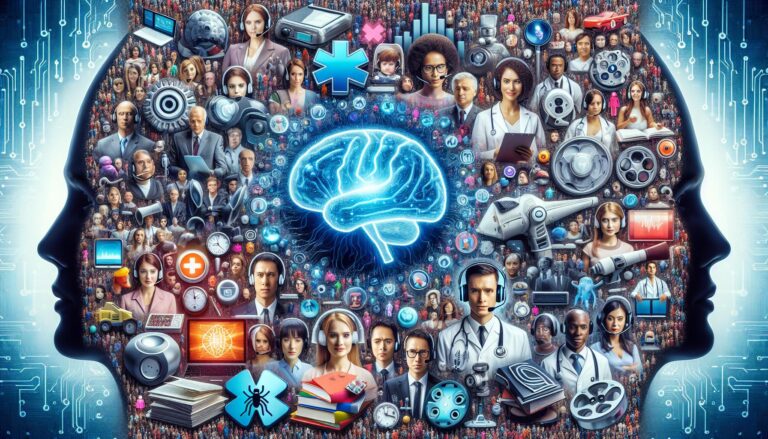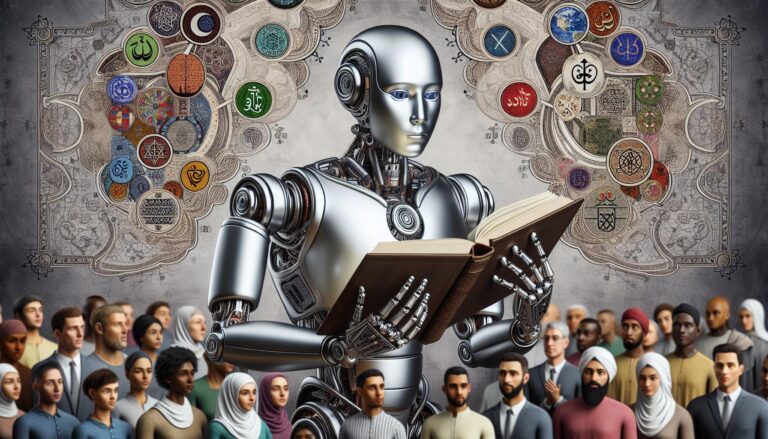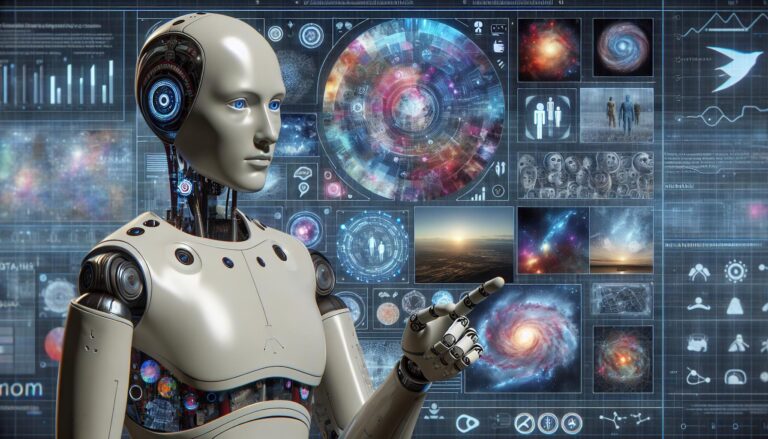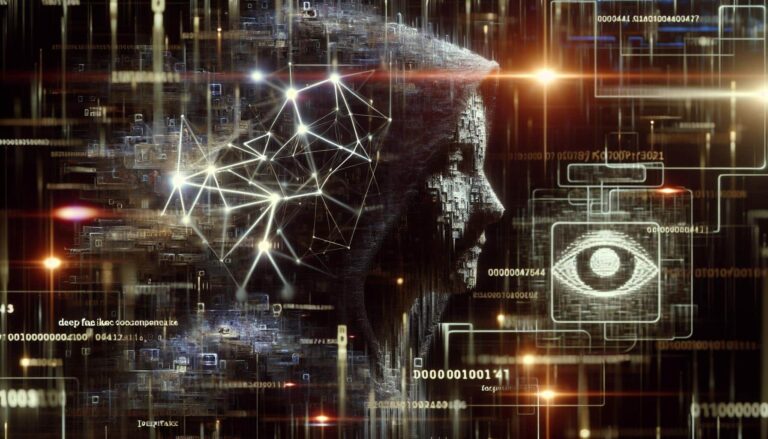GPT-3 Personal Assistant: Future Prospects and Challenges
Last Updated on February 28, 2024 by Alex Rutherford
In this digital age, it’s hard not to be intrigued by the possibilities of AI technology. One such innovation that’s been making waves is the GPT-3 Personal Assistant. It’s not just any AI – it’s a game-changer that’s set to revolutionize the way we interact with technology.
GPT-3, or Generative Pretrained Transformer 3, is an AI model developed by OpenAI. It’s been designed to understand and generate human-like text, making it a powerful tool for various applications. As a personal assistant, it’s taking the concept of AI assistance to a whole new level.
PowerBrain AI Chat App powered by ChatGPT & GPT-4
Download iOS: AI Chat Powered by ChatGPT
Download Android: AI Chat Powered by ChatGPT
Read more on our post about ChatGPT Apps & Chat AI App
Key Takeaways
- GPT-3, or Generative Pretrained Transformer 3, is a groundbreaking AI developed by OpenAI that is capable of understanding and generating human-like text.
- GPT-3’s capabilities surpass basic text generation, including translation, summarization, answering questions, and even complex problem-solving.
- As a personal assistant, GPT-3 exhibits large-scale versatility in tasks such as sentiment analysis, multi-lingual understanding, and mimicking different writing styles.
- GPT-3 offers a wide range of applications, from drafting emails and writing articles, aiding in coding, to providing insights through sentiment analysis. This is revolutionizing several industries.
- Despite its impressive capabilities, GPT-3 also brings challenges like ensuring data security and preventing possible job displacement in AI-dominated industries. It is essential to address these issues for a secure, inclusive AI future.
- The potential of GPT-3 lies in its ability to simplify complex tasks, democratize the coding world, aid in multilingual customer support, and establish globally connected businesses.
What is GPT-3? What about GPT-4?
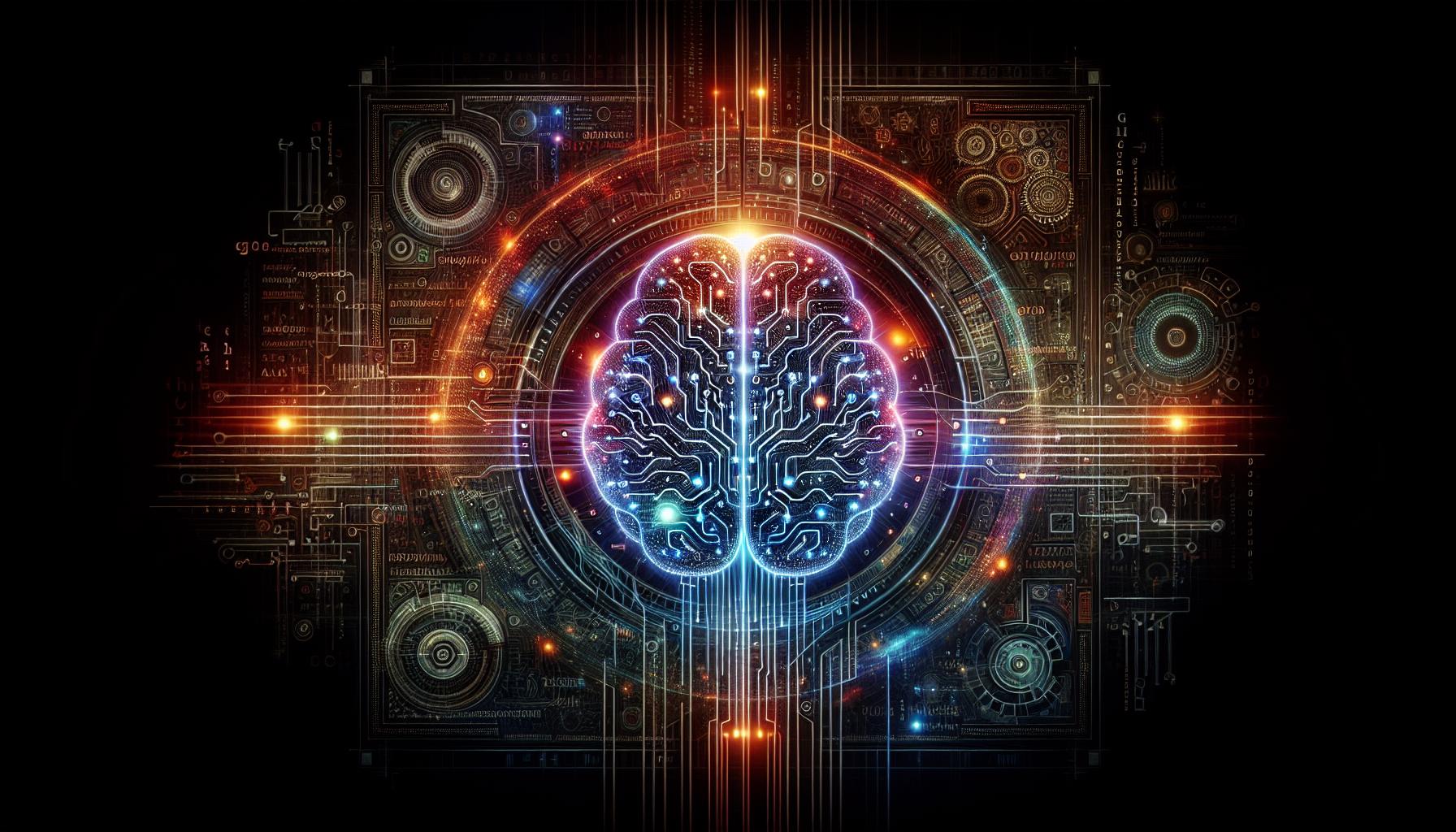
When diving into the world of AI, it’s hard not to stumble upon the term Generative Pretrained Transformer 3, or GPT-3 for short. Fundamentally, GPT-3 is an AI model developed by OpenAI. This innovative AI utilizes deep learning not only to understand but also to generate human-like text.
Now you may ask, how does it work? The science behind GPT-3 lies in its extensive training. With billions of websites, books, and other forms of text at its disposal, GPT-3 absorbs and learns patterns in data. For instance, the AI can understand sentiments within texts, distinguish between multiple languages, answer questions with near-perfect accuracy, and even mimic the writing styles of different authors.
Intrigued? Indeed, GPT-3’s capabilities go beyond mere text generation. Its advanced nature allows it to carry out tasks that usually require human intelligence. This includes translation, summarization, and even complex problem-solving.
Here’s a table compiling some critical statistics about GPT-3:
| Key Fact | Information |
|---|---|
| Creator | OpenAI |
| Text Data Size | >570GB |
| Training Cost | Approx $4.6M |
| Languages Supported | 20+ |
| Capabilities | Translation, Summarization, Answering Questions, etc. |
While the capabilities of GPT-3 are impressive, it’s essential to explore the other side of the coin as well: the challenges faced by GPT-3. In order to ensure a holistic view, let’s delve deeper into potential roadblocks on the path of this AI revolution.
Features of GPT-3 Personal Assistant
The virtues of GPT-3 are wide-reaching and varied, making this AI entity a potent tool. Would you believe me if I told you that the capabilities beyond basic text generation and comprehension were staggering?
Text Generation: GPT-3 can generate unique, context-appropriate content in an impressive manner. You provide the initial prompt, and bang! It’s off responding in a comprehensive and human-like manner, maintaining the context throughout.
Sentiment Analysis: GPT-4 Personal Assistant isn’t just text generation; it’s also a vessel for understanding emotion. It gauges the sentiment of the text, providing insight into how the writer felt when penning down the words. Consider it your window into human emotion.
Read more
Chat GPT no restrictions
Connect ChatGPT to internet
Chat GPT no login
Chad GPT AI
GPT Personal Trainer
Multi-lingual Understanding: It doesn’t stop at English. GPT-3 can understand and interact in over 20 languages. This makes it inherently international, able to break language barriers, and bring a sense of unity.
Question Answering: This AI model can answer queries with pinpoint accuracy, providing concise answers that ooze relevance.
Mimicking Writing Styles: The adaptability of GPT-3 is commendable. You give it a writing style, and voila! It adopts it, thus maintaining the continuity of the text.
Problem-solving: By utilizing its extensive training data and AI capabilities, GPT-3 effortlessly solves complex problems.
The sheer extent of its capabilities doesn’t stop there. Tasks like translation and summarization are a piece of cake for this AI model. All of these features are backed by staggering training data that costs approximately $4.6 million.
Let’s not forget, though, that with great power comes inherent challenges. While GPT-3 is impressive, it’s not without its potential roadblocks. The journey toward the AI revolution is thrilling yet convoluted.
Applications of GPT-4
GPT-3’s capabilities extend far beyond just being a cool new AI. It’s a game-changer across industries with its wide range of applications. From drafting emails and writing articles to simplifying the coding process, GPT-4 is revolutionizing sectors.
Looking first at communications. In this era of constant online interaction, GPT-4 can be a boon. It can draft coherent emails and provide responses in a conversational manner. This is useful not just for personal use but also for businesses.
Imagine a customer service AI that can handle queries in over 20 languages. That’s exactly what GPT-3 can offer. It can interact effectively in various languages, broadening customer reach for businesses worldwide.
Content creation takes on a whole new level with GPT-3. Crafting engaging articles, generating creative stories, or even writing compelling product descriptions becomes an easy breeze.
But it’s not just about text; GPT -4 also aids in programming. Have you ever wished you could ask your code to correct itself? With GPT-4, you can. Given its aptitude for problem-solving, developers can communicate their intent in plain English, and the AI writes the corresponding code.
Let’s delve into the analytics world. GPT-3’s sentiment analysis capacities are impressive. It can trace emotions from text, which, in turn, provides valuable insight into market research and enhances the user experience process.
These versatile uses of GPT-3 underline its boundless potential. Yet, amidst its magnificent advancements, it’s important to remember the associated challenges. The path to an AI revolution is filled with nuances, and we’ll navigate them in the next section.
Future Implications

Delving deeper into the GPT-3 Personal Assistant’s future potential, we find its capacity for revolutionizing sectors far beyond our current comprehension. With such a profound impact on traditional roles in business and technology, it’s essential to understand the potential opportunities and challenges ahead.
As I’ve already explored in this article, GPT-3 is not just an email drafting tool or a content creator. Its talents extend goldmine-deep. Complex programming tasks could be simplified, bridging the gap between coding experts and those new to the field. This transformative quality presents us with a future wherein anyone with basic programming comprehension could execute advanced tasks, democratizing the world of coding.
It could break barriers in programming, and GPT-3 could also aid in multilingual customer support. The ability to comprehend and respond accurately in multiple languages could pave the way for truly global businesses, obliterating language barriers that previously hindered international customer connections.
Despite its massive potential, a future with GPT-3 is not without its challenges. Concerns arise around data privacy and eventual job displacement. Will the sensitive data we entrust to these AI systems remain secure? And what about the human workforce? Will they be rendered obsolete in the wake of AI-dominated industries?
| Opportunities with GPT-3 | Challenges with GPT-3 |
|---|---|
| – Simplification of complex programming tasks | – Data security |
| – Democratization of the coding world | – Job displacement |
| – Aid in multilingual customer support |
| – Establishment of globally connected businesses |
Addressing these questions isn’t simple, but they serve as crucial reflections for developing a more inclusive, secure AI-guided future. One that capitalizes on GPT-3’s capabilities and values human intelligence and involvement. We need to strive for this complementary fusion between human creativity and AI efficiency in navigating the future of work and technology.
Conclusion
It’s clear that the GPT-3 Personal Assistant has the potential to make waves in various industries. Its ability to simplify programming, offer multilingual support, and democratize coding is truly groundbreaking. Yet, it’s crucial not to overlook the challenges it presents. Data privacy and job displacement are issues that need addressing as we move toward an AI-guided future. By tackling these hurdles head-on, we can pave the way for a world where GPT-3 and human intelligence coexist, creating an inclusive, secure future. The journey with GPT-3 is just beginning, and I’m excited to see where it takes us.
What potential does the GPT-3 Personal Assistant present?
The GPT-3 Personal Assistant could revolutionize various sectors by simplifying complex programming tasks, facilitating multilingual customer support, democratizing coding, and broadening tech accessibility.
How could GPT-3 affect the job market?
While GPT-3’s capabilities can increase efficiency and affect job roles, there are also concerns about displacement in industries. It may redefine human roles, with greater emphasis on overseeing AI technologies.
What are the concerns regarding GPT-3’s data privacy?
Though GPT-3 holds immense potential, it raises data privacy concerns. Misuse or mishandling of data could lead to privacy breaches, a challenge needing attention as GPT-3’s influence grows.
How does the article propose to balance the capabilities of GPT-3 with human intelligence?
The article advocates for a future that combines the capabilities of GPT-3 with human intelligence, aiming for an inclusive and secure AI-guided world. It necessitates addressing concerns like data privacy and job displacement to achieve this balance.

